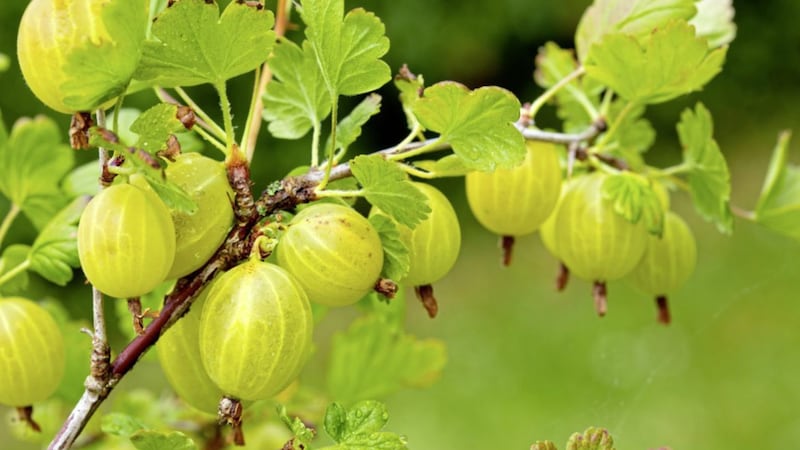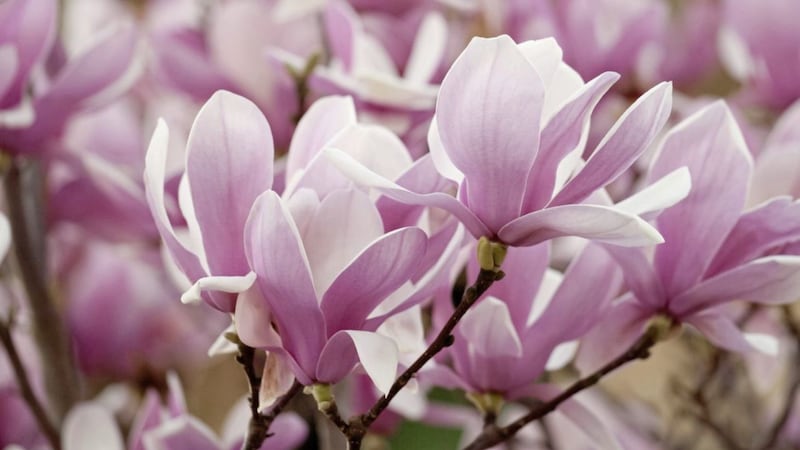A good crop of fruit rarely happens by accident…
I’VE never regarded myself as a fruit grower – more a frustrated landscape designer or failed plantsman. Yet when I tot up the various fruits I’ve raised in the garden over the past two decades it almost reaches double figures. There’s the strawberries and grapes that I’ve mentioned in recent weeks but also the annual tomato crop, plus the perennials – apples, blackcurrants, red currants, plums, cherries, blackberries and raspberries.
A cursory glance at the above list would lead you to believe that I’m a master fruit grower, a green-fingered gastronome living in a veritable Eden, where every branch droops under the weight of a succulent harvest. The truth, however, is somewhat different.
Like every amateur gardener, my experience is hit and miss. For every soft, sweet strawberry there’s a corresponding hard, bitter cherry – yet from year to year I’m determined to persevere.
Some fruit is easier than others. Apples, for instance, effectively look after themselves. An occasional prune is all that's required to ensure the branches aren’t overburdened, while it’s important to keep an eye out for codling moths, but otherwise it’s a laissez faire approach. The plums, planted by a previous occupant, are no longer a source of pleasure but a bane instead, vigorous root stock sending suckers up across the garden, while the 50-plus year-old trees produce just a handful of fruits that are so high up they can only be sampled as windfall.
The blackberries are both the wild species that inevitably fill neglected gaps in hedges, plus the a less invasive cultivated variety whose fruits are plumper and thorns blunter. Both taste great.
The cherries I’ve yet to be convinced by. Bought impulsively bare root by my father from a certain German supermarket and presented as a gift, the fruits appear in early summer but few survive – and those that do are hard and bitter. “I’m not sure you can grow cherries this far north,” mused my dad last time we spoke about it.
I’ve had better success with raspberries but they too have been inconsistent. The summer-fruiting varieties – ‘Glen Ample’ and ‘Glen Magna’ – were pampered initially, fed regularly and supported by taught wires. However, after a few years, during which they were intermittently troubled by rust, a fungus that stains the leaves with an unsightly brown, they gave up the ghost. The autumn fruiters - ‘Autumn Bliss ‘– are less fussy but are also invasive, with new plants randomly popping-up yards from their designated area. Tomatoes may technically be described as fruit but they share few characteristics with the above and require a very different 'undercover' regime.
That leaves the currants – black and red – and the gooseberries, bushes that will withstand years of neglect and continue to thrive. However, if you wish to maximise yield and harvest their fruit, you need to give them some attention.
Gooseberries, good for pies, crumbles, jams and relishes, are a vastly underrated fruit that simply require a little extra sweetening to transform their appeal. The fruit appears on last year’s wood and it’s important to keep the bushes pruned – in a ‘goblet’ shape – to ensure good ventilation. Currants likewise fruit on last year’s growth and the bushes will benefit from pruning out older wood over winter, which ensures both better ventilation and greater yield.
All fruit is attractive to birds, so as it matures net or cage your plants to keep them safe.








